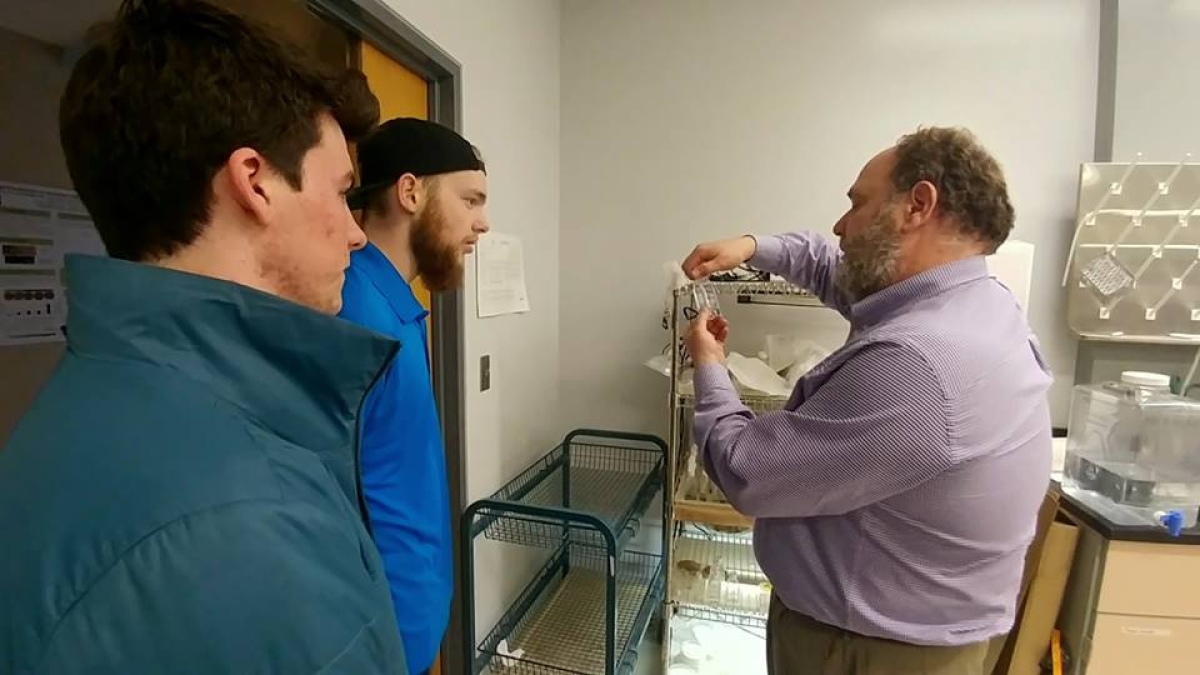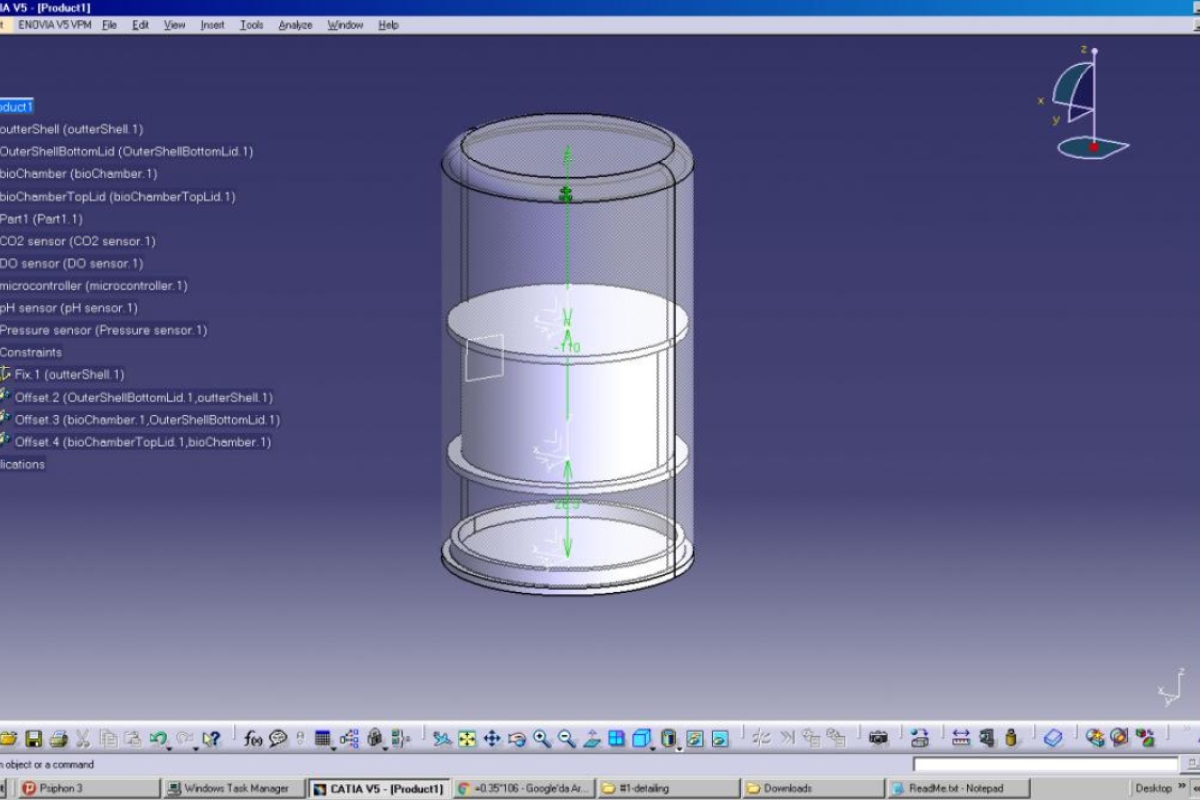ASU students hope their research project makes it to the moon

Aidan McGirr, (far left) a pre-med and astrophysics major, consults with Ferran Garcia-Pichel (far right), dean of Natural Sciences in the College of Liberal Arts and Sciences and an expert on cyanobacteria.
Could a strain of hearty bacteria called cyanobacteria, held inside a container the size of a soda can, photosynthesize and reproduce on the moon?
That’s a central question that a group of Arizona State University student researchers hopes to be able to answer if their project is chosen to participate in the Lab2Moon Challenge, a part of the 2017 Google Lunar XPRIZE competition.
In 2007, Google and the XPRIZE Foundation announced that it would host the Google Lunar XPRIZE, a competition with the aim of furthering man's exploration of the moon and pushing private companies to their maximum. The competition offers a $20 million grand prize to the first privately funded company that successfully lands on the lunar surface, drives at least 500 meters, takes and sends back to Earth high-definition videos and pictures, and meets a few other objectives.
Five companies have confirmed launch dates in 2017 for their attempt at winning the grand prize. One of the companies, TeamIndus, decided to host a competition of its own, dubbed the Lab2Moon Challenge, concurrent with their launch that is scheduled for Dec. 28. This challenge offers a free ride to the moon for one student-run project that significantly contributes to the scientific community, weighs less than 250 grams, and is approximately the size of a soda can. More than 3,000 teams from 15 countries and 300 cities submitted projects, and the top 25 have been chosen.
Among the top-25 student projects competing for a spot in the Lab2Moon Challenge is one involving three ASU students who are teamed up with two students from the Central University of Tamil Nadu in India.
Two Barrett Honors College students — pre-med and astrophysics major Aidan McGirr, and physics and economics major Jonathon Barkl — along with computer systems engineering student Autumn Conner are the ASU contingent on the team. They, along with their Indian teammates, plan to study the effects of the harsh lunar surface and exposure to radiation on the ability of a strain of cyanobacteria to photosynthesize and reproduce. Cyanobacteria is a form of bacteria known for its fortitude and ability to withstand harsh conditions.
“Our team is unique in that it is the only team from two different countries, and we have been working hard to overcome the challenges, interesting perspectives and advantages, that this provides,” McGirr said.
McGirr said the team’s experiment is a three-part system involving a semi-transparent medium for the bacteria to grow in, an array of sensors to monitor growth (O2, CO2, pH, light sensors and others), and a gaseous CO2 system to feed the bacteria.
“This is an incredible opportunity to test exactly what is required for possibly sustaining life on other planets in the future as well as looking into how viable bacteria may be at terraforming, which is altering the atmosphere and climate of a planet to make it life-sustainable,” he said.
McGirr said all of the project’s electronic work and some assembly is being done in research facilities at ASU with the assistance of faculty, while the main structure is being built in India. McGirr and Barkl plan to use Barrett funds earmarked for student research to help support their project.
The competition is ranked both on the viability of the experiment and on the team's social media and outreach, so McGirr is encouraging anyone who may be interested to visit the project’s website for more information and its Facebook page to like and follow the project.
